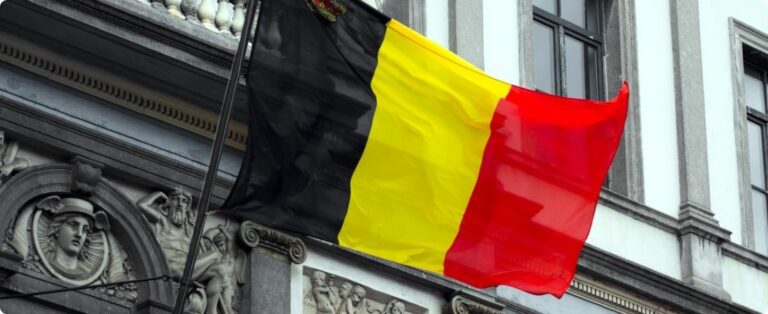The financial market forecast for the fall of the Brazilian economy this year was adjusted from 5.28% to 5.31%. The estimated decline in the Gross Domestic Product (GDP) – the sum of all goods and services produced in the country – is in the Focus bulletin, a publication released every week by the Central Bank (BC), with the projection for the main economic indicators.

For next year, the expectation is for growth of 3.50%, the same forecast for 15 consecutive weeks. In 2022 and 2023, the financial market continues to project an expansion of 2.50% of GDP.
Inflation
The financial institutions consulted by the BC changed the projection for the Broad National Consumer Price Index (IPCA) from 1.77% to 1.78% this year.
For 2021, the inflation estimate remains at 3%, for 12 consecutive weeks. The forecast for 2022 and 2023 also did not change: 3.50% and 3.25%, respectively.
The projection for 2020 is below the inflation target floor that should be pursued by the BC. The target, defined by the National Monetary Council, is 4% in 2020, with a tolerance range of 1.5 percentage points up or down. In other words, the lower limit is 2.5% and the upper limit is 5.5%.
For 2021, the target is 3.75%, for 2022, 3.50%, and for 2023, 3.25%, with an interval of 1.5 percentage points up or down, each year.
{module 442}
Selic
To achieve the inflation target, the Central Bank uses as its main instrument the basic interest rate, the Selic, currently established at 2% per year by the Monetary Policy Committee (Copom).
For the financial market, the expectation is that Selic will end 2020 at 2% per year. By the end of 2021, the expectation is that the base rate will reach 2.88% per year. For the end of 2022, the forecast is 4.5% per year and for the end of 2023, 5.75% per year.
When Copom reduces the Selic, the tendency is for credit to become cheaper, encouraging production and consumption, reducing inflation control and stimulating economic activity. However, banks consider other factors when defining the interest charged to consumers, such as risk of default, profit and administrative expenses.
When Copom increases the basic interest rate, the objective is to contain heated demand, and this has an impact on prices because higher interest rates make credit more expensive and encourage savings.
Dollar
The forecast for the dollar exchange rate remains at R$ 5.25 at the end of this year. By the end of 2021, the expectation is that the American currency will remain at R$ 5.
Source: DATA
READ TOO:
{module 441}












